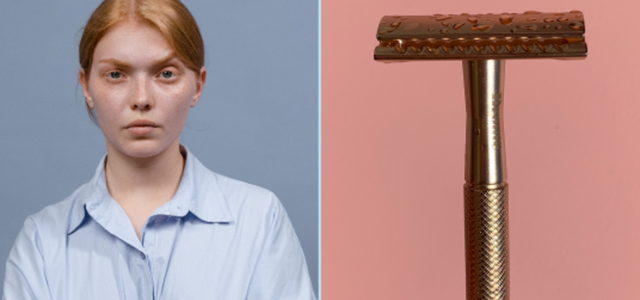Check out these 19 examples of pink tax that cause women to pay more for everything from personal care to children’s items — and find some simple ways to avoid it!
A term frequently thrown around in gender equality discussions, the “pink tax” is a baffling phenomenon that often breeds confusion. It’s not about slapping taxes on pink-hued items; instead, it highlights the absurdly higher prices of products aimed at women compared to their “male” equivalents. The price gap usually stems from women’s products being classified as “special” or “luxury” items or manufacturers claiming these items are pricier to produce than gender-neutral options. A classic pink tax example: a razor with an identical design costs more in pink than blue.
Several theories attempt to explain the pink tax’s origin. Some argue it goes back to the 1960s when women were less involved in the workforce or responsible for single-adult household expenses. Others offer more practical explanations, such as steeper tariffs on women’s clothing imports or the extra cost of producing pink-colored products.
In the United States, the pink tax has been a hot topic since the 1990s, and numerous official studies have exposed this practice’s widespread prevalence. For example, a 2015 New York City Department of Consumer Affairs study revealed that women-targeted products cost, on average, a ridiculous 7% more than those aimed at men.
While California’s Pink Tax Law represents progress, gender-based pricing still robs women of up to $188,000 over a lifetime — exacerbating the gender wage gap and deepening financial inequality.
We’ll show you 25 infuriating examples of pink tax across various industries, including personal care products, clothing, health and wellness products, children’s items and services.
Personal Care Products
In the realm of personal care products, examples of pink tax are evident across a range of items that both men and women use daily. Despite having similar ingredients and functionality, products marketed toward women often have a higher price tag. Here are five examples:
1. Razors and razor blades: A common example of the pink tax is the price discrepancy between women’s and men’s razors. Despite having the same functionality, women’s razors are often priced higher than men’s — around 66% more — solely based on their design or color. This price difference extends to razor blade replacements as well.
2. Deodorants: Deodorants marketed towards women tend to be more expensive than those for men, even when comparing similar formulations and scents. Companies may justify this price difference by claiming that women’s deodorants have unique features or ingredients, but often the differences are minimal.
3. Body washes and soaps: Women’s body washes and soaps often come with higher price tags than their male counterparts, despite containing the same cleansing ingredients. Packaging and marketing tactics, such as using floral designs or scents, create a perception of exclusivity and justify the price difference.
4. Shampoos and conditioners: The pink tax also extends to hair care products, with women’s shampoos and conditioners often costing more than similar products for men. One study into price disparities for popular products with male and female alternatives found that shampoo for women costs around three dollars more.
5. Hair removal products: Products such as depilatory creams, waxing kits, and epilators marketed towards women tend to have higher prices than those designed for men. Although some hair removal products for women may include additional features or scents, the core functionality of these products remains the same, making the price difference unwarranted.
Tip: you can avoid paying more for gendered products and produce less waste by making some of these products yourself or choosing sustainable options that last longer. For example, this popular three-ingredient DIY sugaring recipe is easy to throw together for hair removal, and you can also make DIY shampoo bars, DIY dry shampoo and DIY body wash with very little fuss.
Check out our Purchase Advice for sustainable product recommendations.
Clothing and Accessories



The fashion industry is another area where examples of pink tax are prevalent, with women’s clothing and accessories often priced higher than similar items for men.
6. Women’s clothing vs. men’s clothing: Women’s clothing, including basics such as underwear, t-shirts, jeans and jackets, tends to be more expensive than comparable men’s items. While some argue that women’s clothing may require more intricate designs or tailoring, these price differences often exist even when comparing simple, similar garments.
When it comes down to it, retailers charge women more than men because they can.
7. Specialty clothing items (e.g., plus-size, maternity): Specialty clothing items, such as plus-size and maternity wear, often cost more for women than comparable items for men. The limited availability of these items for women can also contribute to inflated prices, further exacerbating the pink tax.
8. Handbags and wallets: Accessories like handbags and wallets also exhibit the pink tax, with women’s items often priced higher than men’s.
Pink Tax Examples in Health and Wellness Products
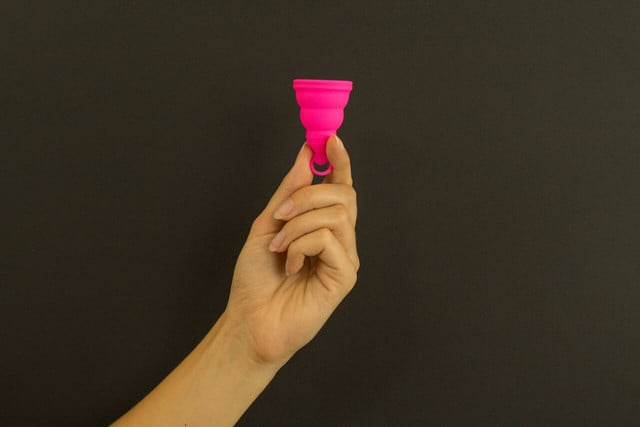


The pink tax also extends to the health and wellness industry, where products marketed to women often come with a higher price tag despite having similar ingredients or purposes as their male counterparts.
9. Feminine hygiene products: Aside from being another example of economic gender disparity, the pink tax is particularly problematic due to its use in the sale of menstrual products. Known as the “tampon tax,” period products are often not exempt from taxes in the US, although other necessities such as groceries and prescriptions are.
Because of this, the pink tax has been accused of enabling period poverty. Several states have made menstrual products tax-free, with federal legislation to do so now being discussed.
10. Over-the-counter medications: Pain relievers, cold and flu medications and other over-the-counter remedies often come in gender-specific packaging, with products targeted at women costing more than their male equivalents. This price discrepancy can lead more women to skip necessary medications due to cost.
11. Wellness products and devices: Wellness products like fitness trackers, massage tools and skin care devices are frequently more expensive when marketed toward women. Pink tax examples are evident in these items, as they often have the same functionality and technology as those designed for men but come with higher price tags.
Children’s Products
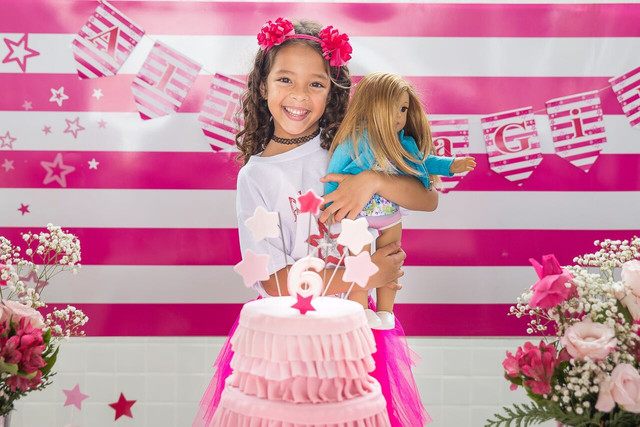


The pink tax not only affects adult women but extends to products designed for children, particularly those marketed toward girls.
12. Toys marketed to girls: Toys specifically targeted at girls, such as dolls, playsets and craft kits, often come with higher price tags than equivalent toys for boys. This price difference can limit girls’ access to educational and creative play experiences and perpetuate gender stereotypes from a young age.
13. Diapers and baby care items: Diapers, wipes and other baby care products are quintessential pink tax examples, especially when they feature designs or packaging targeted at girls. Despite having the same functionality as gender-neutral or male-targeted products, these items often cost more.
But there is good news: states like Colorado are attempting to ease the sting of inflation by eliminating the “nonessential item” tax on items like diapers and menstrual products.
14. School supplies and backpacks: School supplies such as school uniforms, pencils, notebooks and backpacks marketed towards girls are frequently more expensive than those designed for boys. This price disparity can contribute to higher back-to-school expenses for families with daughters.
15. Sports equipment: Girls’ sports equipment, including protective gear like helmets, uniforms and training accessories, often carries a higher price tag than similar products for boys.
Pink Tax Examples in Basic Services
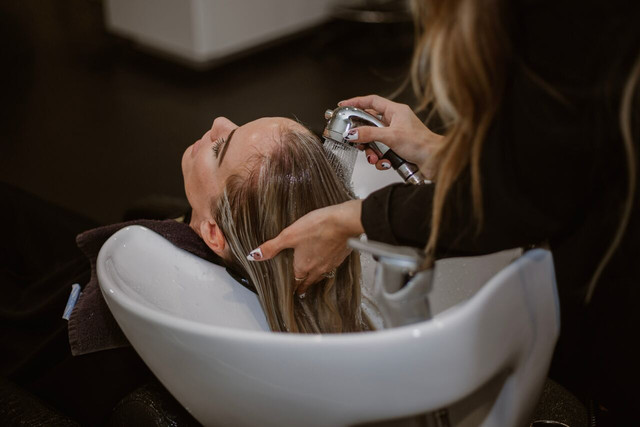


The pink tax also affects the pricing of services, with women often charged more than men for the same offerings.
16. Haircuts and hair styling: Women are frequently charged more for haircuts and hair styling services than men, regardless of hair length or complexity of the cut. This price difference can lead to significantly higher grooming expenses for women over time, which is one reason why, in 2020, New York State enacted laws enforcing gender-neutral pricing for services.
17. Dry cleaning: Women’s garments, such as blouses and dresses, often cost more to dry clean than men’s clothing, like shirts and pants. This price disparity can be attributed to factors like garment construction or handling requirements, but the pink tax remains a significant contributing factor. An investigation by CBS found that women were often charged more than double for dry cleaning than men, even when paying for similar items of clothing to be cleaned.
Have you ever wondered how dry cleaning affects the environment? Read our article on How Dry Cleaning Works for all the details.
18. Auto repairs and maintenance: Women are sometimes quoted higher prices for auto repairs and maintenance services compared to men, even when the services required are identical. According to one study, this may be because women were perceived to know less than men about car services and repairs. While this remains an unfair and discriminatory example of pink tax, it does mean it pays for women to understand what their car repairs should cost.
Bonus Round: Housing!



Even your mortgage can be affected by the pink tax. A recent study into mortgage loans and gender found that overall, women tend to pay higher interest rates than men for mortgage loans.
This is not the only way that the pink tax may impact your banking habits, with women suggested to have less access to business loans overall.
How to Avoid Pink Tax and Discourage Gender-Based Pricing
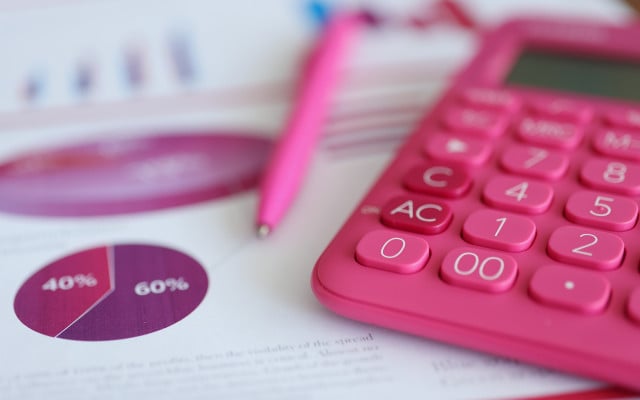


Frankly, it’s infuriating that the pink tax continues to plague our society, adding financial strain and perpetuating gender inequality across countless products and services. However, by practicing conscious consumerism and taking proactive measures, we can give these examples of pink tax the boot and contribute to a fairer, more equitable society. Here are some no-nonsense strategies to avoid falling prey to the pink tax:
- Embrace gender-neutral products: Ditch the gendered marketing nonsense and opt for products that aren’t explicitly gendered, such as unisex or unscented items. These gender-neutral clothing brands are flattering and ecologically responsible.
- Read the fine print: Don’t let them pull the wool over your eyes. Carefully scrutinize product ingredients and size information, ensuring you make informed decisions before purchasing. Compare the price per ounce, as women’s products often come in smaller packages and cost more than their male equivalents.
- Do your homework and compare prices in advance: Don’t let them rip you off. For significant purchases like cars or other services, research costs beforehand to become a more informed negotiator and avoid falling victim to discriminatory pricing.
- Demand equal pricing: When it comes to services like dry cleaning or haircuts, insist on equal pricing if the service provided is identical. Don’t hesitate to ask for men’s prices if the situation warrants it.
- Know your rights and use them: In states with laws against gender-based pricing, such as California, Colorado and New York, report violations to the respective consumer protection agencies. Support similar legislation in other states to promote economic justice and fight for change.
- Prioritize saving and financial planning: Don’t let these pink tax examples steal your future. Leverage work benefits, such as a 401k, and cut back on unnecessary spending to accumulate savings for a secure future. Use online calculators to estimate the amount needed for retirement and set clear financial goals tailored to your unique circumstances. Check out these tips on frugal living for inspiration.
Read more:
- The 10 Most Absurd Products for Women
- Consumerism: 12 Examples and How They Affect Life on Earth
- Beautiful or Sexist? Why Push Presents Are Controversial
- The Mental Load of Motherhood & 5 Ways Partners Can Help
Do you like this post?






